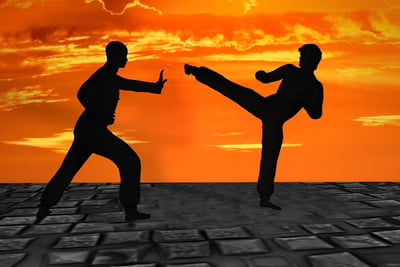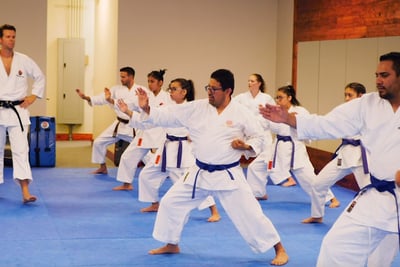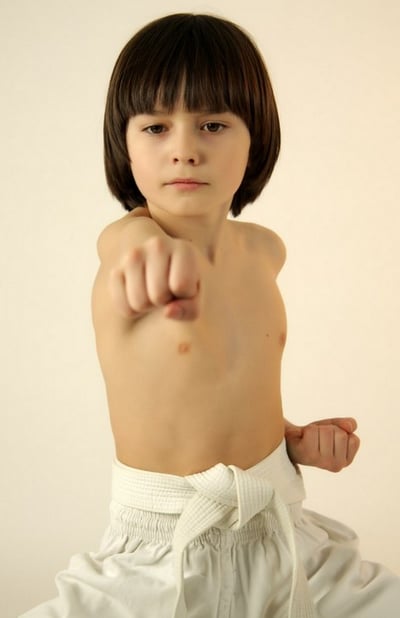What Would Blackbeard Say
about Karate?


Avast ye, me hearties! Gather round and lend yer ears to a tale o' the ancient art of Karate, a discipline as old as the salty seas themselves.
Karate, like a wily sea serpent, be havin' roots stretchin' back o'er centuries. 'Tis a craft that's evolved o'er time, with movements passed down from ancient martial artists to modern practitioners. Yet, in the last century, some o' these techniques have been reshaped entirely.
Now, me hearties, what sets apart the various Karate styles from other martial arts? Whilst Shotokan Karate and Wado-ryu may seem different from each other, they still be stowed away in the same cargo hold of Karate. But beware, landlubbers, for disciplines like Tae Kwon Do, despite their resemblances, ain't classified as Karate.
The main difference lies in the navigational courses these styles take. All Karate styles trace their origins to Japan, Okinawa, or a blend of both. On the other hand, martial arts like Tae Kwon Do, Kung Fu, and Muay Thai hail from distant shores like Korea, China, and Thailand.
Karate, birthed in Okinawa and honed in Japan, has branched out into various styles as practitioners delved deeper into its secrets. And from this diversification emerged distinct types of Karate, each with its own emphasis and approach.
Now, me buckos, there be as many as 75 or more Karate styles out there, but four stand out like stars in the night sky.
Shito-ryu, the favored form in West Japan, be founded by Kenwa Mabuni in 1934. 'Tis influenced by the ways of Okinawan Karate, with short, low stances reminiscent of Sumo wrestlers and a plethora of kata.


Shotokan Karate, on the other hand, be one of the most renowned types across the globe. Forged in the fires of Tokyo by Gichin Funakoshi, it boasts strong, linear techniques, akin to a mighty broadside from a cannon.
If ye've set eyes on The Karate Kid, then ye've glimpsed Goju-ryu in action. 'Tis a blend of Okinawan Karate and Chinese martial arts, with movements as fluid as the rolling waves.
And then there be Wado-ryu, established by Hironori Otsuka in 1939. Translated as "the way of harmony," it places emphasis on peacefulness of mind and evading blows rather than meeting 'em head-on.
But what be this "Ryu" ye may wonder? In the tongue of the land of the rising sun, "Ryu" means style, school, or system. 'Tis a mark o' distinction fer each Karate tradition, carryin' with it the weight of centuries of practice and tradition on the high seas of combat.


